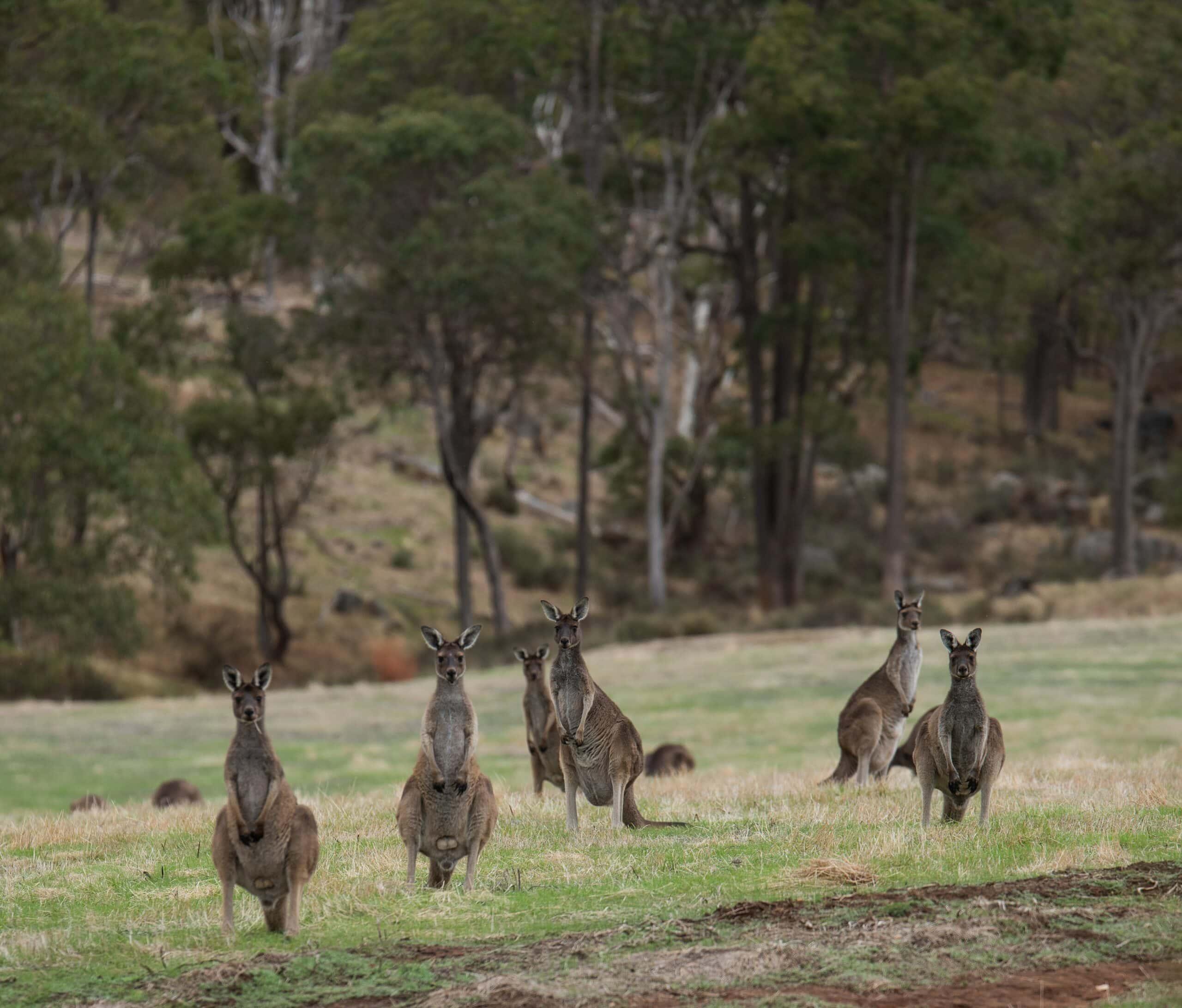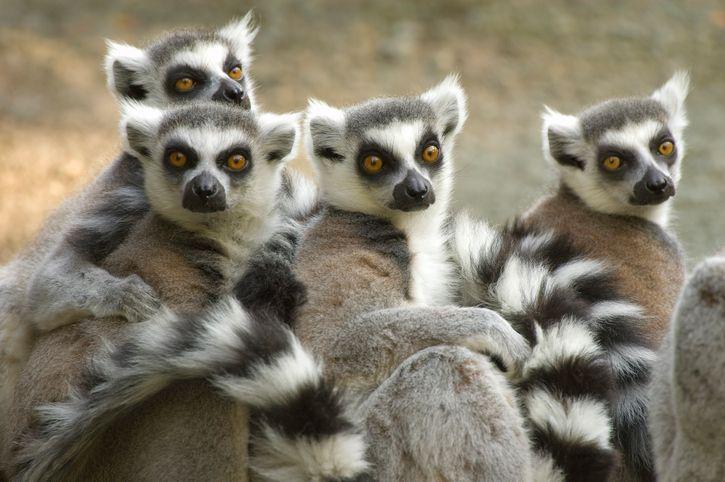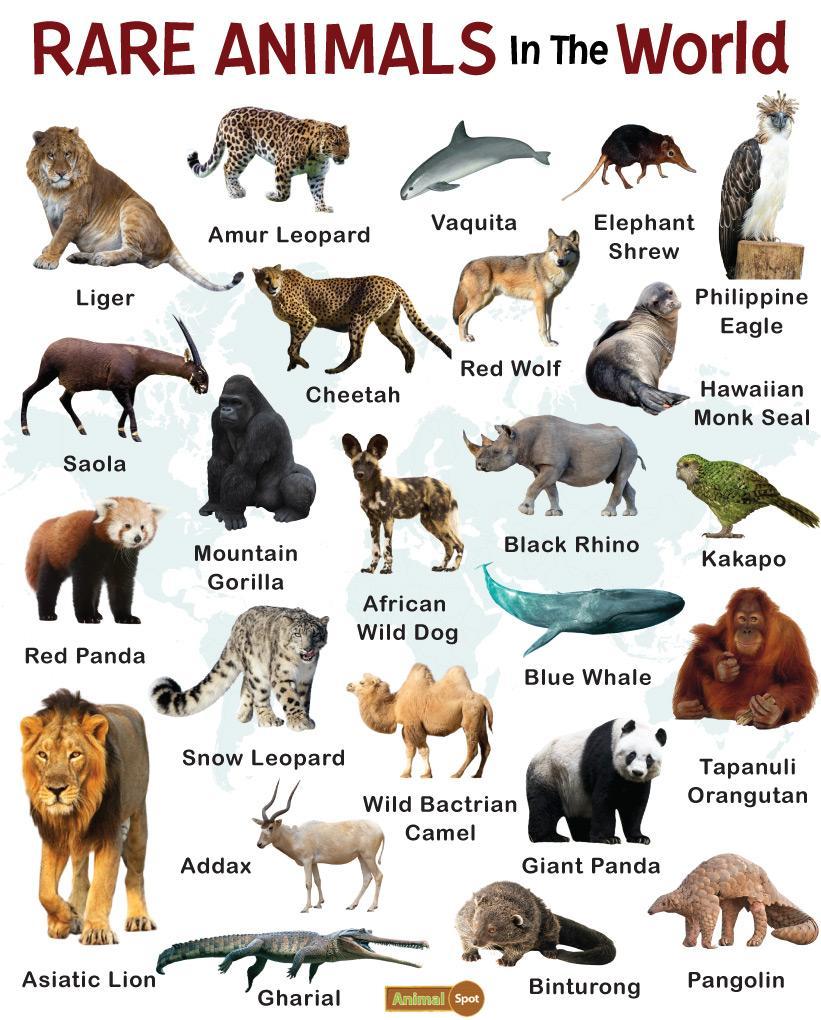As the sun begins to rise over the vast landscapes of our planet, it illuminates a rich tapestry of life that captivates the imagination. Each country boasts its own unique blend of flora and fauna, shaped by a myriad of factors including geography, climate, and culture. From the depths of the Amazon rainforest to the arid deserts of Australia, the world is home to an astonishing variety of animals, each with its distinct characteristics and adaptations. This journey into the natural world invites you to explore the remarkable species that call specific countries their home, highlighting the intricate connections between these animals and their environments. Join us as we traverse continents and dive into the ecosystems that harbor some of the most extraordinary creatures on Earth, revealing the beauty and diversity of wildlife that exists beyond our own backyards.
Table of Contents
- Exploring Australia’s Distinctive Wildlife: A Journey Through Unique Species
- Discovering Madagascars Endemic Creatures: Nature’s Lab of Evolution
- Uncovering the Secrets of the Amazon Rainforest: Rare Animals of Brazil
- Experiencing the Rich Biodiversity of Australia: Protecting the Unique Ecosystems
- Final Thoughts
Exploring Australia’s Distinctive Wildlife: A Journey Through Unique Species

Australia is a treasure trove of unique wildlife, showcasing an extraordinary array of species that cannot be found anywhere else in the world. The country’s isolation as an island continent has allowed for the evolution of varied and iconic fauna. Among the most famous inhabitants are the kangaroo and koala, both of which have become symbols of Australian wildlife. But the marvel doesn’t end there; Australia’s diverse environments, from arid deserts to lush rainforests, house a multitude of other fascinating creatures. Whether it’s the platypus, a bizarre mix of mammal and bird, or the vibrant coral reefs teeming with colorful fish, each species contributes to this rich tapestry of life.
To truly appreciate the depth of Australia’s unique wildlife, one must delve deeper into its lesser-known inhabitants. Consider the threatened Northern Hairy-nosed Wombat, an elusive marsupial on the brink of extinction, or the Cassowary, often dubbed the world’s most dangerous bird, with its striking blue and black plumage. The Great Barrier Reef is home to a myriad of astonishing species, including the majestic humpback whale and the delicate sea turtle. Below is a brief overview of some of these distinctive creatures:
| Species | Habitat | Conservation Status |
|---|---|---|
| Kangaroo | Grasslands | Least Concern |
| Koala | Eucalyptus forests | Vulnerable |
| Platypus | Freshwater rivers | Near Threatened |
| Cassowary | Tropical rainforests | Endangered |
Discovering Madagascars Endemic Creatures: Nature’s Lab of Evolution

Madagascar stands as a beacon of biodiversity, home to a plethora of endemic creatures that have evolved in isolation over millions of years. The island is famous for its unique wildlife, much of which cannot be found anywhere else on the planet. Among the most notable are the lemurs, a group of primates that embody Madagascar’s evolutionary journey. With over 100 species, from the tiny mouse lemur to the larger indri, these agile creatures showcase a variety of adaptations. Additionally, Madagascar is home to remarkable reptiles, such as the colorful chameleons and the unusual fossa, a carnivorous mammal that resembles a small cougar but is more closely related to the mongoose. The island’s diverse ecosystems, ranging from rainforests to dry spiny forests, support these and many other endemic species, making the region a trove for ecologists and wildlife enthusiasts alike.
The unique adaptations of these animals are a testament to nature’s creativity. For instance, the sifaka, a type of lemur, is known for its extraordinary vertical leaps between trees, showcasing adaptation to its arboreal habitat. The island’s flora plays a crucial role, contributing to these animals’ survival strategies. Madagascar also boasts an impressive array of endemic birds, such as the Madagascar fish eagle and the Velvet Asity, each exhibiting vibrant plumage and specific ecological roles. To highlight just some of these creatures that thrive in Madagascar’s rich ecosystems, here’s a table of a few remarkable species and their unique characteristics:
| Species | Type | Unique Trait |
|---|---|---|
| Aye-aye | Primate | Long middle finger for tapping trees |
| Madagascar Hissing Cockroach | Insect | Produces hissing sounds |
| Leaf-tailed Gecko | Reptile | Camouflaged to blend with leaves |
| Madagascar Pochard | Bird | Once thought extinct, now a conservation success |
Uncovering the Secrets of the Amazon Rainforest: Rare Animals of Brazil
The Amazon Rainforest, a vast and vibrant ecosystem, is home to an astonishing array of wildlife, many of which remain elusive to the ordinary adventurer. The region boasts over 400 billion individual trees and serves as the habitat for an estimated 300,000 species of plants and 1,300 species of birds, making it one of the most biodiverse environments on the planet. Among its treasures, several rare animals exemplify the unique evolutionary adaptations that have allowed them to thrive in such a complex habitat. Here are some notable inhabitants:
- Amazonian Manatee: A gentle giant of the river known for its playful nature.
- Jaguar: The largest feline in South America, a solitary, powerful predator.
- Pink River Dolphin: Renowned for its unique color and intelligence, often seen leaping from the water.
- Poison Dart Frog: Small yet mighty, these brilliantly colored amphibians possess skin toxins used by indigenous tribes.
In addition to these enigmatic species, the rainforest harbors countless other creatures that play vital roles in their ecosystems. Researching these inhabitants not only unveils the rich tapestry of life they contribute to but also emphasizes the importance of conservation efforts in protecting their habitats. The following table highlights some other rare animals you might encounter in this lush landscape:
| Animal | Habitat | Conservation Status |
|---|---|---|
| Golden Lion Tamarin | Coastal forests of Brazil | Critically Endangered |
| Harpy Eagle | Tropical rainforests | Near Threatened |
| Giant River Otter | Amazon River and tributaries | Endangered |
Experiencing the Rich Biodiversity of Australia: Protecting the Unique Ecosystems
Australia is a land of astonishing variety, renowned for its unique wildlife and ecosystems. From the lush rainforest to the arid outback, each part of the continent harbors species that simply cannot be found anywhere else in the world. The Great Barrier Reef is a UNESCO World Heritage site, teeming with vibrant marine life. An astounding 1,500 species of fish, 400 species of coral, and a plethora of other aquatic organisms call this ecosystem home. Additionally, Australia is famous for its terrestrial wildlife, including famous marsupials and reptiles:
- Kangaroo – A national symbol known for its unique jumping ability.
- Koala – An iconic animal that spends most of its life in eucalyptus trees.
- Platypus – A rare egg-laying mammal often referred to as a ‘living fossil.’
- Saltwater Crocodile – The largest living reptile found in northern Australia.
However, this diversity comes with challenges. The pressures of climate change, habitat destruction, and invasive species threaten these delicate environments. Conservation efforts are underway, focusing on creating protected areas and restoring natural habitats. Various organizations are working tirelessly to engage local communities and create awareness. Below is a brief overview of some key conservation initiatives:
| Initiative | Goal | Location |
|---|---|---|
| Great Barrier Reef Marine Park Authority | Protect coral reefs and marine biodiversity | Queensland |
| Wildlife Corridors Project | Connect fragmented habitats | New South Wales |
| Australian National Parks | Conserve natural landscapes and wildlife | Various states |
Final Thoughts
As we journeyed through the diverse landscapes of our planet, we uncovered a tapestry of remarkable creatures, each with their own stories to tell. From the vibrant coral reefs of Australia housing the playful parrotfish to the lush canopies of Madagascar sheltering the elusive lemurs, each unique animal is a testament to the rich biodiversity that different countries harbor.
These animals are not just mere inhabitants of their respective environments; they are vital cogs in the ecological wheels that sustain their habitats and, by extension, our own. The intricate relationships they have formed with their ecosystems highlight the delicate balance of nature, reminding us of the responsibility we bear in safeguarding these wonders for future generations.
As our exploration comes to a close, it becomes clear that the globe is dotted with countless treasures waiting to be discovered. By fostering appreciation and awareness of these unique animals, we can contribute to their protection and ensure that the stories of our world’s fauna continue to inspire and educate. We invite you to embark on your own adventures, to observe, learn, and advocate for the incredible animals that share our planet, for in understanding them, we begin to forge a deeper connection with the world around us.



